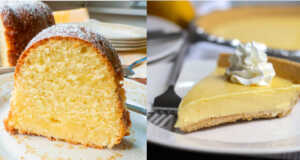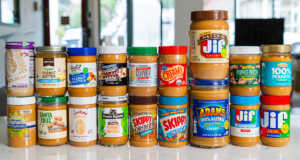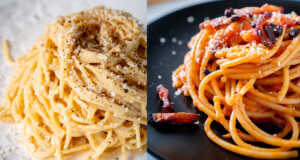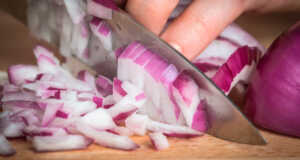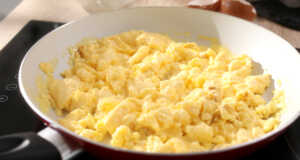Milk first? Milk second? When we think about it, that was a concern only for those on the other side of the pond. Yet recent years have revealed that more Americans are reaching for tea, and many are opting to make themselves a cuppa (as the Brits say). So what is the right way, and why is there a divide in methodology?
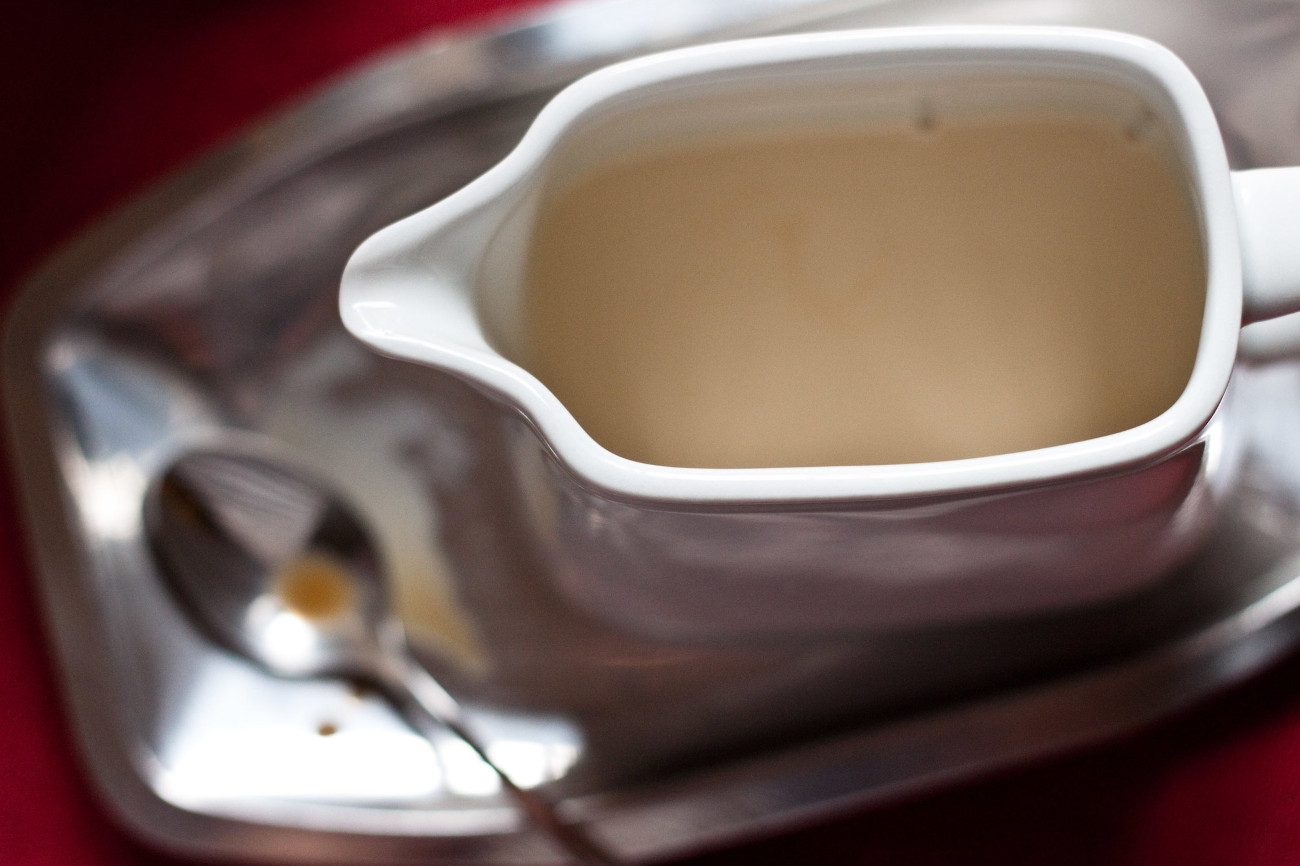
You’ll see a lot of scientists talking about the scientifically correct way. And from a chemical, clinical standpoint, adding your milk first, and then pouring in brewed tea makes for a better cup of tea. Adding the milk first protects the milk proteins from denaturing or prevents heavy cream from curdling. But, more often than not, that’s not how most people make tea.
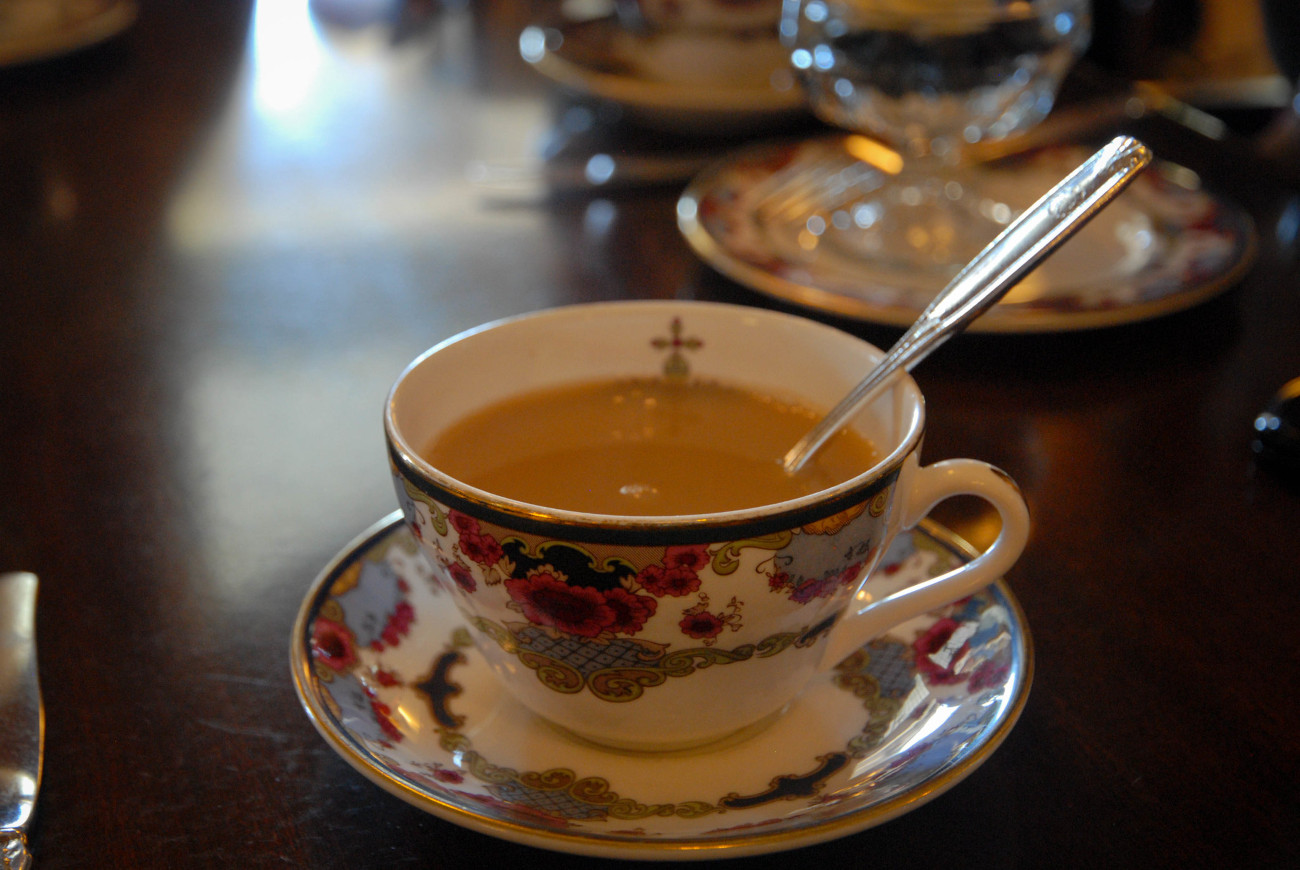
Decades and decades of history have backed up this methodology but for a different reason. In Europe and in the US, tea was brewed in a pot and then poured into thin, delicate porcelain teacups. The scorching hot tea would crack the fine china, so people put milk in first, this milk-then-tea order-of-operations acted as a way to lower the temperature of the tea, and prevented the teacup from breaking.
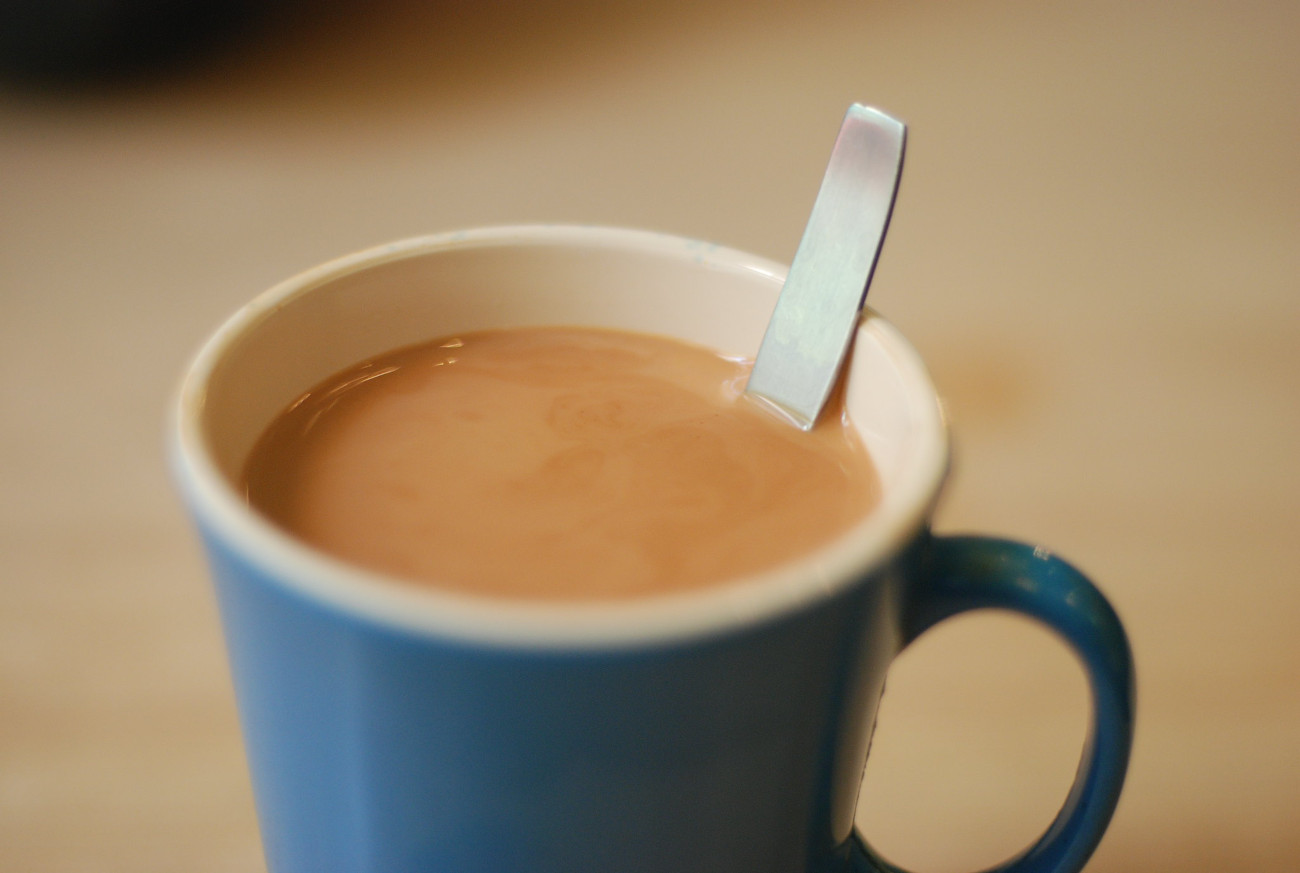
However, I don’t think most of us are sitting down to an afternoon tea (though it does sound nice). If you’re like me, you’re probably in your kitchen, pouring yourself a cup into a single-served thick mug. If you added milk before you brewed your tea, the milk impacts and affects the brewing process, resulting in a tea that is both under-brewed and undeveloped with flavor.

In an ideal world, we should brew the tea separately and not in the mug we drink out of. But honestly, I don’t think any of us (regardless of nationality) want to dirty another cup and will suffer through a not-optimal cup of tea in the name of convenience.
